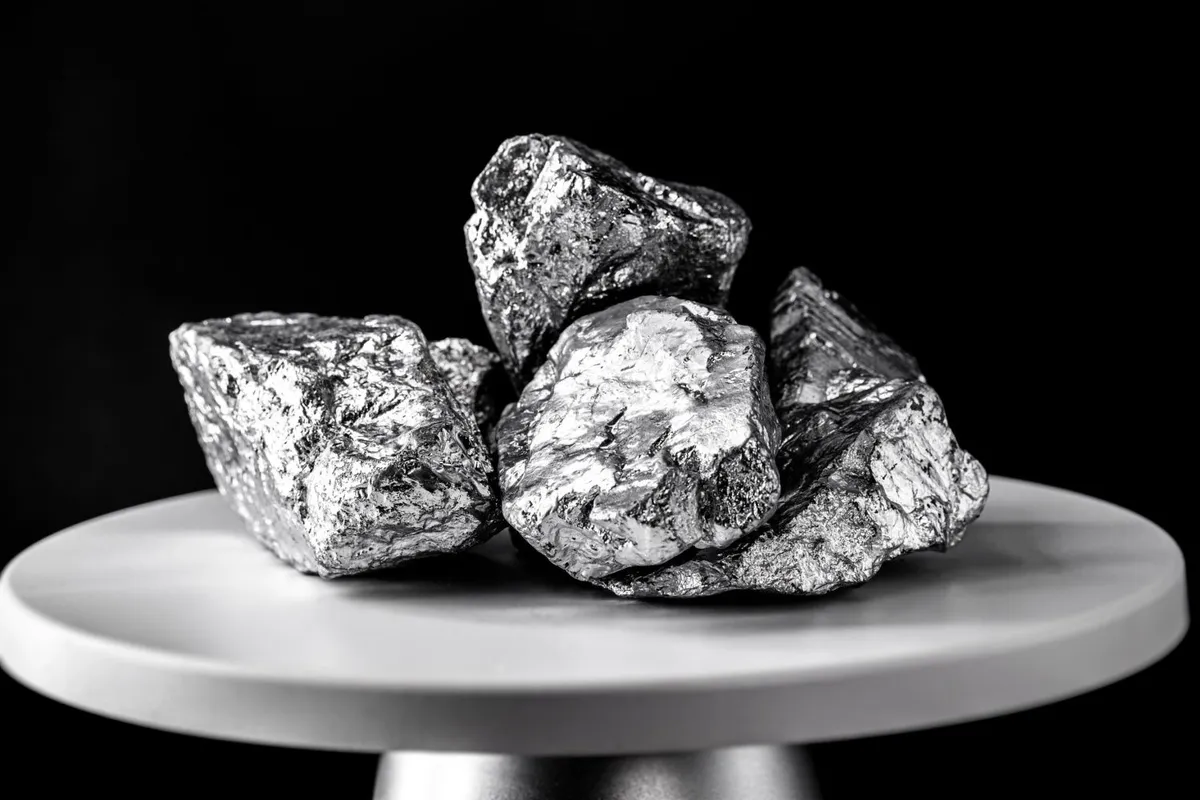Introduction
Platinum, often hailed as the most precious of metals, has a rich and fascinating history that stretches back thousands of years. Renowned for its rarity, durability, and stunning luster, platinum has played a significant role in various cultures and industries. In this post, we will delve into the intriguing journey of platinum from its ancient beginnings to its modern-day applications.
Ancient Discoveries
The story of platinum begins in the ancient world. The first known use of platinum dates back to the pre-Columbian civilizations of South America. The indigenous peoples of what is now Ecuador and Colombia used platinum in their jewelry and ceremonial objects. These early artisans appreciated the metal’s beauty and resistance to tarnish, though they had no way of refining it.
European Encounters
Platinum remained largely unknown to the Old World until the Spanish conquistadors arrived in the Americas in the 16th century. They encountered platinum in the alluvial gold deposits of the Chocó region. The Spanish initially considered it a nuisance due to its resemblance to silver and its resistance to melting. They called it “platina,” meaning “little silver,” and dismissed it as an inferior metal.
Scientific Breakthroughs
It wasn’t until the 18th century that platinum began to gain recognition in Europe. In 1748, Spanish scientist Antonio de Ulloa published a report on platinum, highlighting its unique properties. However, it was Swedish chemist Carl Wilhelm Scheele who, in 1772, identified platinum as a distinct element. Scheele’s work laid the foundation for further research into the metal’s properties and potential uses.
Industrial Revolution and Beyond
The Industrial Revolution marked a turning point in the history of platinum. As technologies advanced, so did the demand for this precious metal. Platinum found applications in various industries, including jewelry, laboratory equipment, and even early photography. The metal’s high melting point and resistance to corrosion made it indispensable for scientific and industrial purposes.
Modern Applications
Today, platinum is more valuable and versatile than ever. It plays a crucial role in the automotive industry, particularly in catalytic converters that reduce harmful emissions. Platinum is also essential in the production of medical devices, electronics, and renewable energy technologies. Furthermore, its allure in jewelry remains undiminished, symbolizing elegance and enduring value.
Conclusion
From ancient artisans to modern engineers, platinum has captured the imagination and ingenuity of humanity. Its journey from the rivers of South America to the cutting-edge technologies of the 21st century is a testament to its enduring appeal and unparalleled qualities. As we continue to discover new applications for this remarkable metal, the history of platinum remains a shining example of human innovation and appreciation for the natural world’s treasures.

